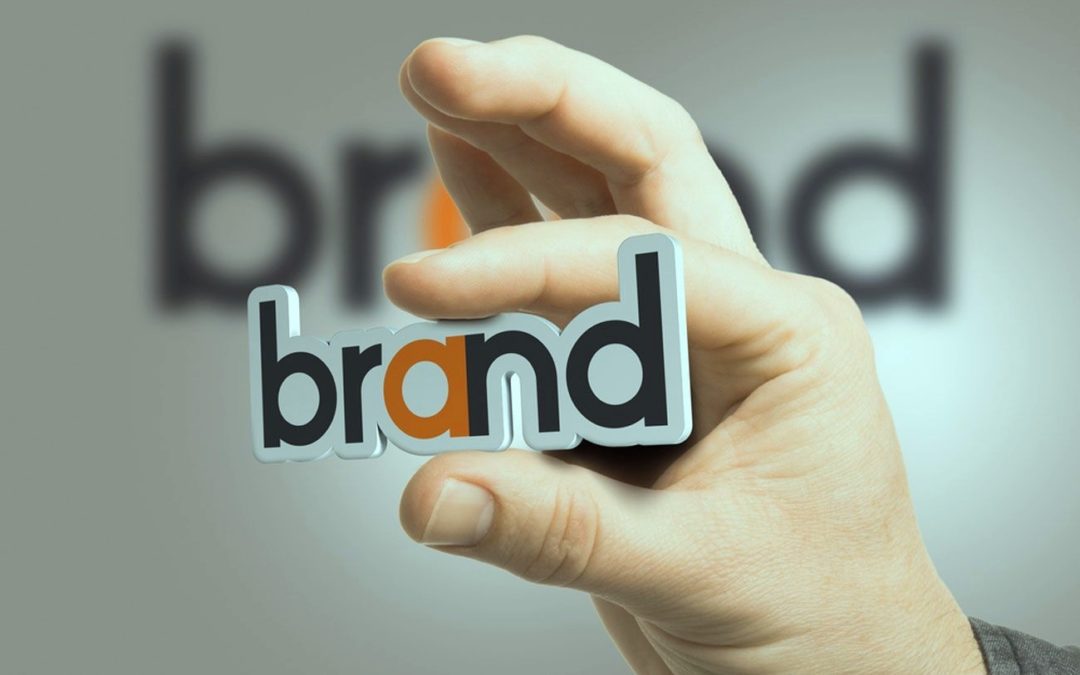What could possibly come to the mind of the majority of people when they hear the word ‘Monday’? The start of the week, resumption of work and Monday blues are some bright candidates. This impression is branding. Poor Mondays did not choose this nor had the chance to defend itself but fortunately, businesses can create and build a strong brand for itself. Businesses with strong branding can enjoy premium pricing, customer loyalty, workplace favorability, better deals and negotiations and the leverage of quicker business growth and expansion. Building a strong brand is quintessential especially in retail business. However, a strong brand cannot be built and sustained without a strong brand communication strategy, allocation of necessary resources and continuous monitoring and improvements to retain the status of the brand.
Brand Communication Strategy
Communication is the most powerful element in branding. It is through the communication efforts that the customers get to know about a business enterprise, its products and services. Now, a business can communicate to the outside world in several ways which are not just confined to advertising and social media. Activities of a business enterprise are also a reflection of its identity. The quality of products and service delivery, customer service orientation, response to competition and environmental changes, involvement in CSR, people-friendly work environment etc also speaks volumes for a business enterprise. This necessitates that companies have a strong brand communication strategy in place that is aligned and integrated with the business processes which eventually leads to the customers, other stakeholders and the society at large.
A strong brand communication strategy in place that is aligned and integrated with the business processes which eventually leads to the customers, other stakeholders and the society at large.
Brand Signature
The first step towards building a brand is defining and creating a unique signature representation of the business enterprise in the form of a brand name, brand statement, logo, trademark and a tagline. Brand signature is the first impression that catches the attention of the customers. Before writing a brand statement and a tagline or designing a logo or trademark, the following three things should be kept in mind by every entrepreneur:
- What does your business stand for (core product/service, stay relevant)
- What would you want your business to be known for (USP, brand positioning, service, channel)
- Who are your target audience (Customer demographics, needs, and aspirations of targeted market segment)
Brand signature is the first impression that catches the attention of the customers.
Brand Voice
Often undermined but voice plays a crucial role in the communication process. And here, voice also includes the style of writing and selection of words. The attributes of the voice of a brand determine the elevation of engagement in a conversation or a message. This perspective is extremely relevant for business enterprises because of the involvement of a large extent of communication with customers and other stakeholders. It is through these interactions that a business enterprise gets the opportunity to express its brand values and ethos to its customers. So things like how a customer service representative or the sales or the BD guy speaks to the customers hold importance.
The attributes of the voice of a brand determine the elevation of engagement in a conversation or a message.
Brand Integration
The values and ethos behind a brand must be integrated with all the important functions, processes and standard operating procedures of a business enterprise so that these brand values are reflected in business communication and activities. Elements of a brand and its values can be integrated into the following the areas of business:
- Value chain process (strict adherence to standards in the manufacturing and value chain process to create the promised output)
- Channel management (delivery of goods and services as promised)
- Merchandising management
- IT (use of retail analytics and business analytics for CRM, use of electronic medium to keep customers updated, order tracking facilities etc)
- Transparency in financial activities (Proper billing, easy and safe payment options, adherence to return policies etc)
- HR (training programs in customer service)
- Brand awareness through social media, advertising and other promotional campaigns
- Customer service support (polite, responsive, reliable and prompt)
Brand values are reflected in business communication and activities.
Brand Testimonials
Appointing brand ambassadors is not always a viable branding solution from an economic perspective of the small and medium scale enterprises. Moreover, people nowadays do not buy into celebrity endorsements with closed eyes. An effective branding solution lies in providing testimonials from customers and clients. These testimonials can appear as a much more realistic assessment of a brand or of the products and services. But this too comes with the caveat that the testimonials itself should not appear to be as made up.
An effective branding solution lies in providing testimonials from customers and clients.
Building a strong brand involves time and patience, consistency in performance and in a delivery of promises and most importantly, an effective brand communication strategy that permeates through the organization and its activities. A strong brand cannot be built overnight. Good things take time.
To know more about “Build Up a New Brand” get in touch with our Retail Experts on [email protected]







